On November 21, the National Agricultural Extension Center coordinated with the Department of Agriculture and Environment of Can Tho City and partners in the rice value chain to organize a seminar on "Solutions to replicate high-quality, low-emission rice cultivation models in the Mekong Delta", to evaluate the results of the models and discuss replication solutions in the next phase.
One of the outstanding results of the One Million Hectares of High-Quality, Low-Emission Rice Project (referred to as the Project) is the establishment of the Mekong Delta Agricultural Experts Club - a voluntary consulting network, gathering leading experts and researchers from institutes, schools, businesses and international organizations.
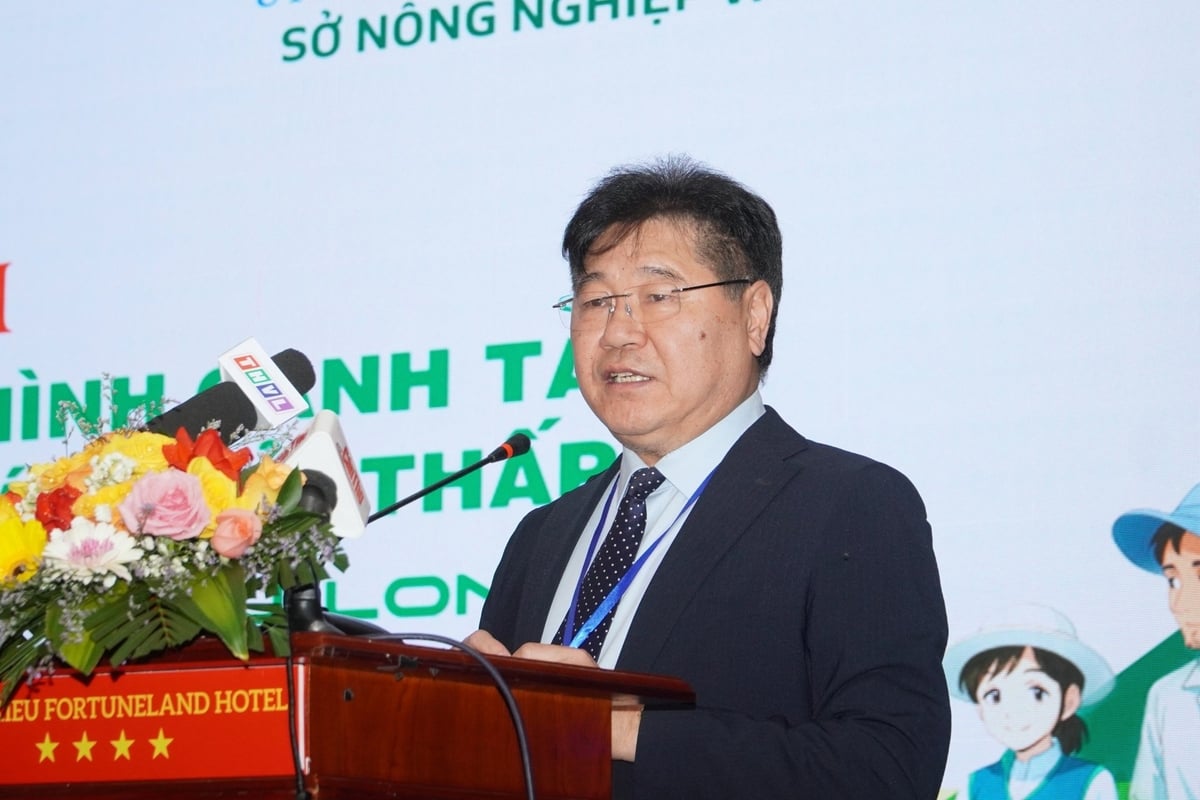
Mr. Le Quoc Thanh - Director of the National Agricultural Extension Center hopes that the team of experts will continue to contribute their intelligence, experience and enthusiasm to effectively implement the Project of one million hectares of high-quality, low-emission rice. Photo: Kim Anh.
Mr. Le Quoc Thanh - Director of the National Agricultural Extension Center said that, up to now, after more than 2 months of establishment, the club has attracted the participation of 143 leading experts to provide professional and technical advice and contribute initiatives to serve the Project of one million hectares of high-quality rice.
Mr. Thanh affirmed that the club is an important force in training, communication and experience sharing activities with the agricultural extension system; participating in compiling documents, training farmers and accompanying at domestic and international seminars and conferences.
In addition, the club has coordinated with the National Agricultural Extension Center to develop and print 6,100 handbooks on “Guidelines for Restoring Flooded Crops”; directly organized many seminars and professional training courses for agricultural extension officers, cooperatives and farmers. At the same time, coordinated with enterprises to successfully research automatic water level, humidity, temperature measuring devices, etc.
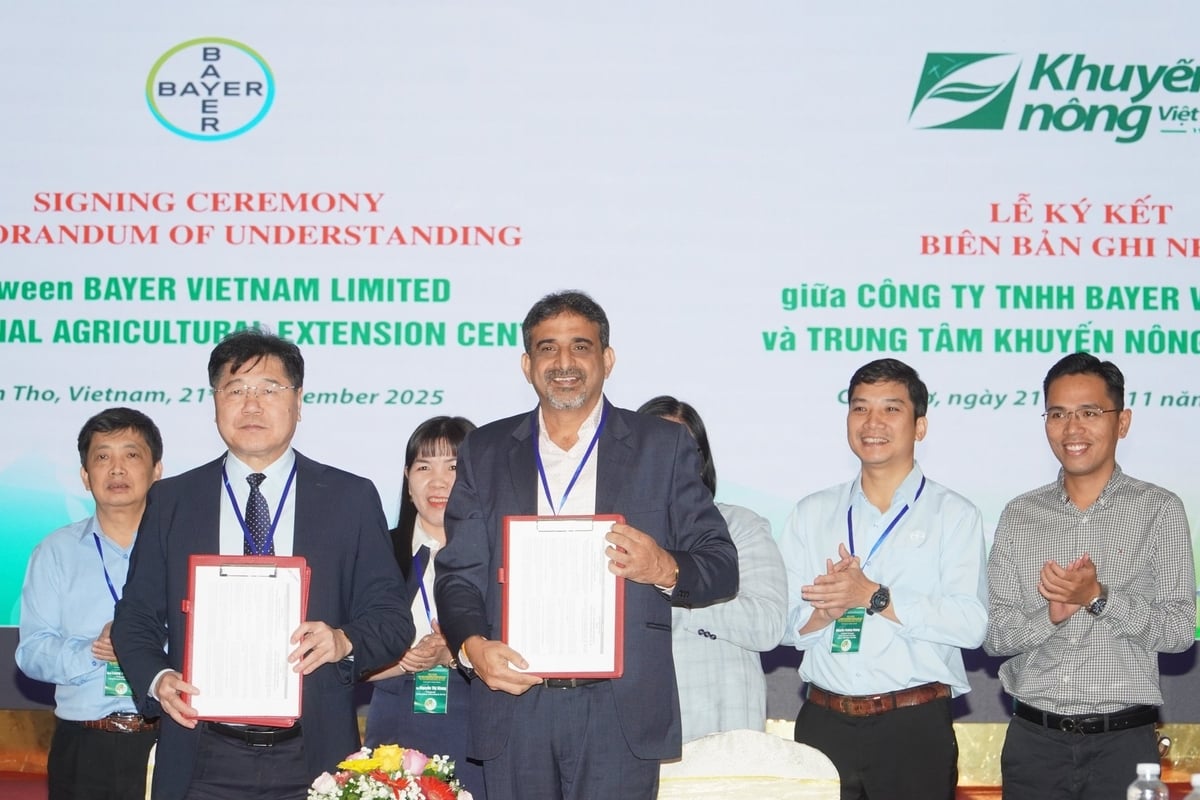
The framework of the discussion included the signing ceremony of a memorandum of understanding between the National Agricultural Extension Center and its partners, Bayer Vietnam Co., Ltd. and the International Rice Research Institute (IRRI). Photo: Kim Anh.
From now until the end of the year, the National Agricultural Extension Center will complete and officially issue the club's operating regulations. At the same time, it will launch an identity system, build a fund, and compile a summary of the experts' scientific background, widely publicizing it on the Center's website.
“In the coming time, the Agriculture and Environment sector will strengthen public-private cooperation and consider this an important “locomotive” to mobilize resources from intelligence, economics , finance, international experience, etc. to integrate into the Project,” Mr. Thanh emphasized.
Giving suggestions for replicating high-quality, low-emission rice cultivation models in the coming time, Dr. Tran Minh Hai - Vice Principal of the School of Public Policy and Rural Development proposed that the National Agricultural Extension Center should build a common data system in an open and transparent manner so that localities participating in the Project can share and cross-check information. Because currently, each locality and enterprise owns separate data sets, making it difficult to connect and synchronize data.
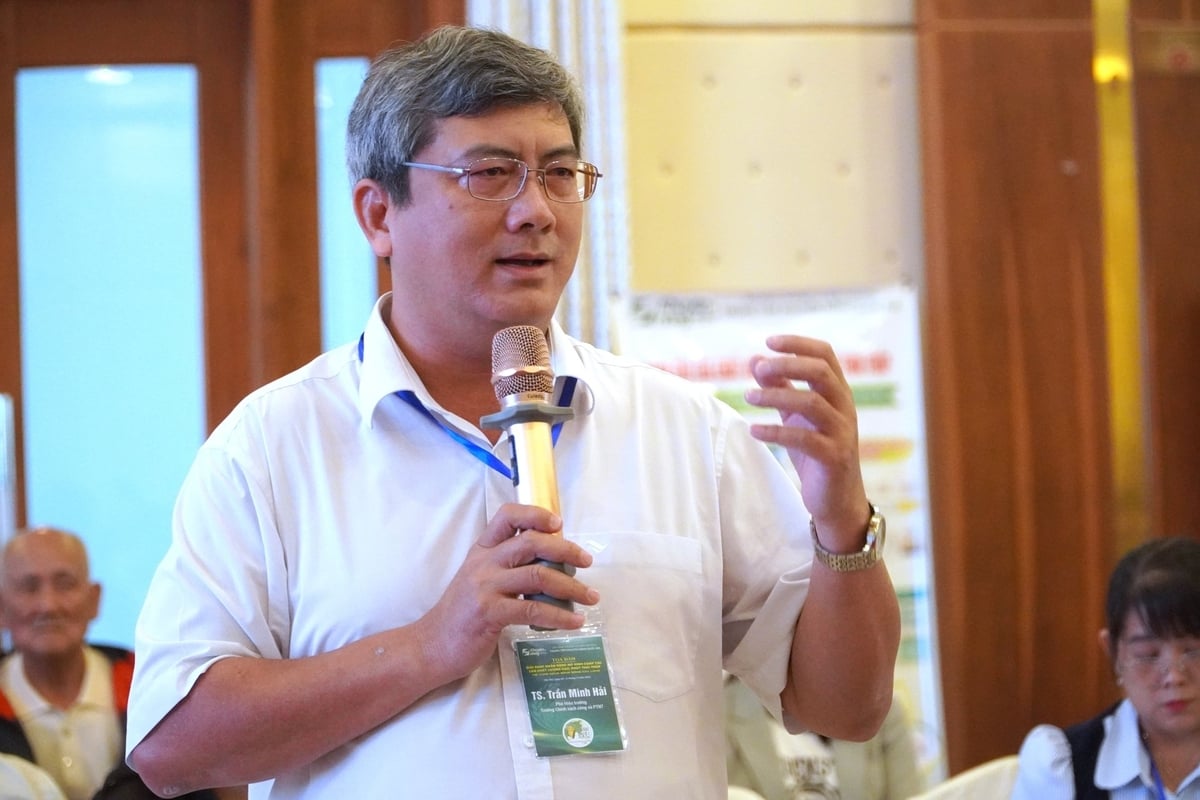
Dr. Tran Minh Hai - Vice Principal of the School of Public Policy and Rural Development proposed solutions to replicate high-quality, low-emission rice production models. Photo: Kim Anh.
In addition, Dr. Hai recommended that the National Agricultural Extension Center should coordinate with experts and provincial and municipal Agricultural Extension Centers to design propaganda and training courses to help commune-level authorities clearly understand the process of producing high-quality, low-emission rice, thereby implementing it synchronously and accurately.
According to Dr. Hai, for the People's Committees of provinces and cities in the Mekong Delta region, if they want to replicate the model, they must attract businesses to participate. This requires localities to issue decisions and clearly define the area participating in the Project so that businesses have a basis to register for raw material areas.
Regarding product consumption, Dr. Hai emphasized that cooperatives play an important role, however, local investment is mainly focused on infrastructure, while “soft” investment is very limited. Training activities are still general.
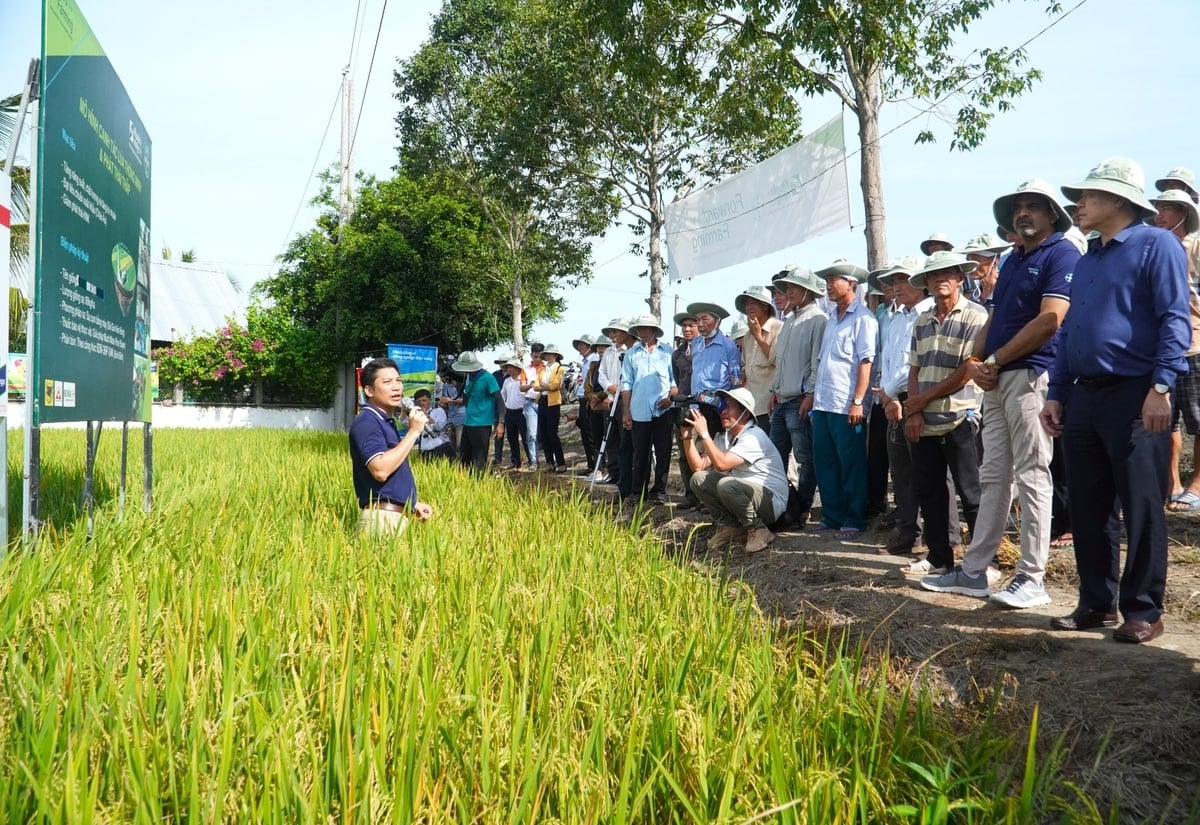
One of the models of high-quality, low-emission rice production under the public-private partnership model, implemented by the National Agricultural Extension Center. Photo: Kim Anh.
“If we want the cooperative to develop and attract more members, we need to increase investment in operational capacity. When the cooperative is larger in scale, the measurement system and production process can be standardized, creating products with stable quality,” Dr. Hai said.
From a management perspective, Ms. Nguyen Thi Giang - Deputy Director of the Department of Agriculture and Environment of Can Tho City said that after rearranging the administrative boundaries at the commune level, the city is reviewing and redistributing specialized areas for high-quality, low-emission rice production in accordance with reality. At the same time, ensuring that the models are deployed on contiguous plots and contiguous areas to expand effectively.
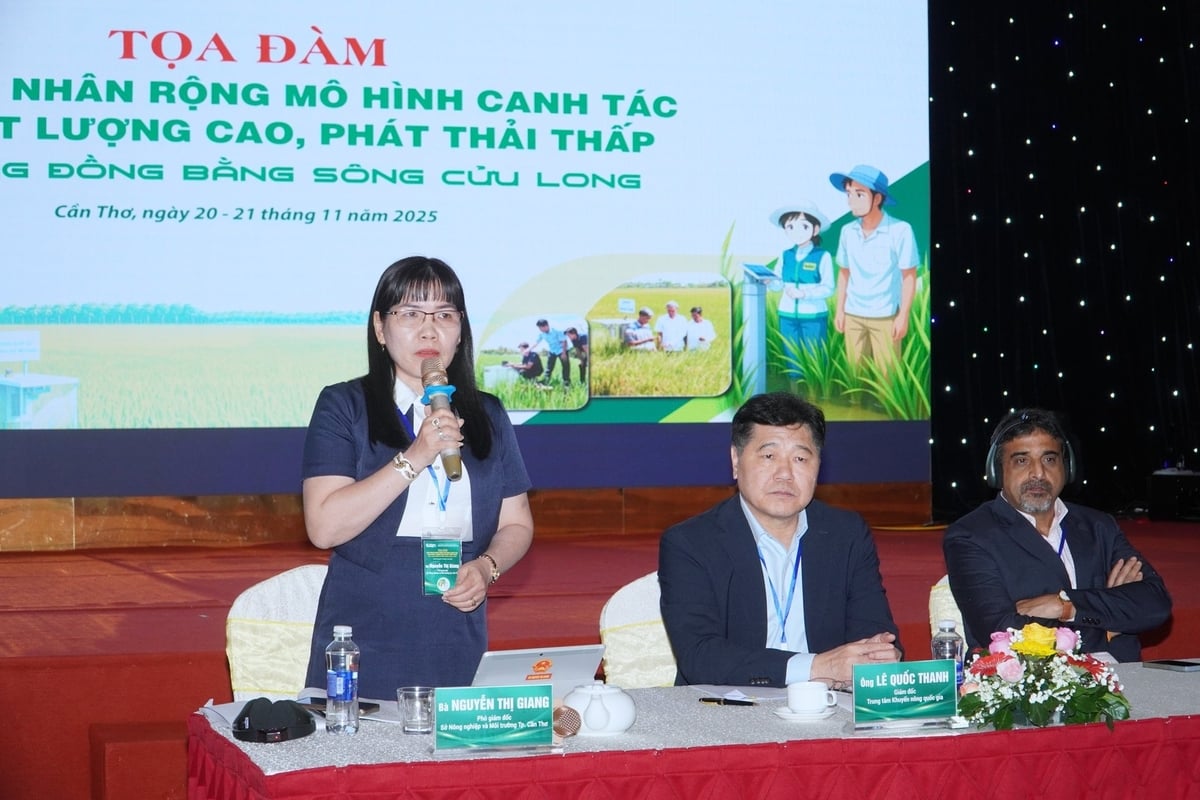
Ms. Nguyen Thi Giang - Deputy Director of the Department of Agriculture and Environment of Can Tho City informed about the plan to organize the production of one million hectares of high-quality rice after the merger. Photo: Kim Anh.
Currently, the Department of Agriculture and Environment of the city has consulted with relevant departments, branches and 64 communes and wards participating in the Project of one million hectares of high-quality, low-emission rice, with an area of about 170,000 hectares. The dossier will be completed in 2025 and by 2026, when the Can Tho City People's Committee approves the implementation plan until 2030, the industry will announce specific production areas according to the Project.
After nearly two years, the One Million Hectares of High-Quality, Low-Emission Rice Project has achieved very positive initial results. The area applying technical processes reached nearly 355,000 hectares, exceeding the initial target by 197%. More than 200,000 farming households have applied at least one sustainable farming criterion.
High-quality, low-emission rice production models all met their targets. Many of them exceeded their targets, with an average reduction of 3.7-4.6 tons of CO2/ha. Some models reduced emissions by up to 10-12 tons of CO2/ha.
Source: https://nongnghiepmoitruong.vn/hon-140-chuyen-gia-lap-mang-luoi-tu-van-mot-trieu-hacta-lua-chat-luong-cao-d785717.html








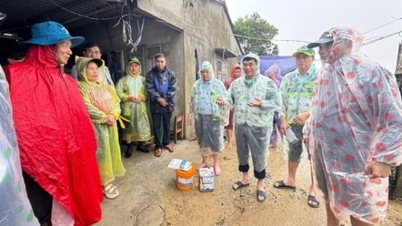

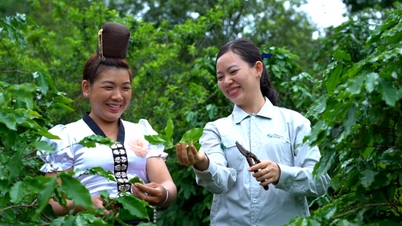


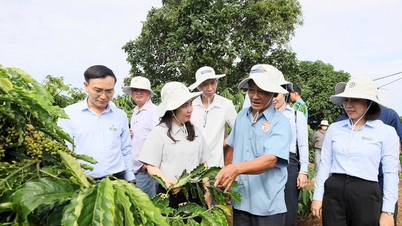



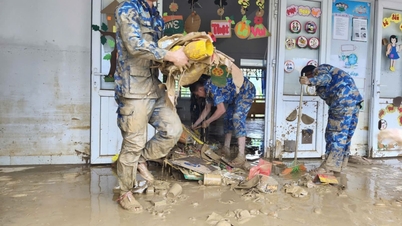











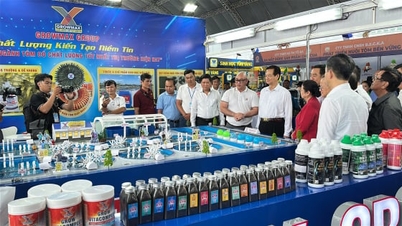

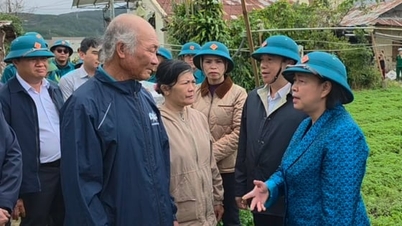

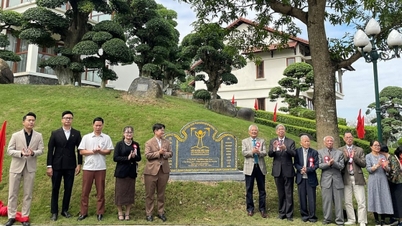








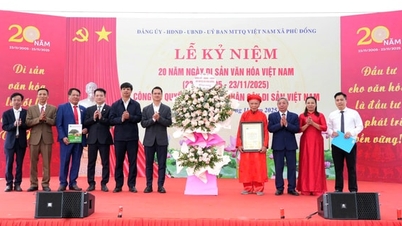





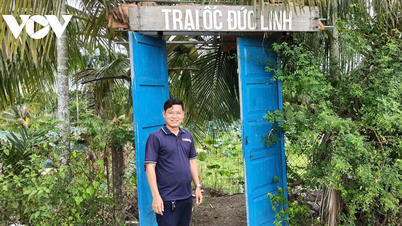

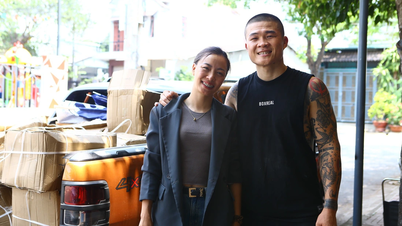

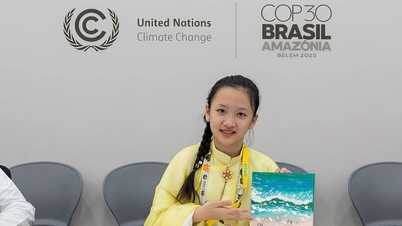



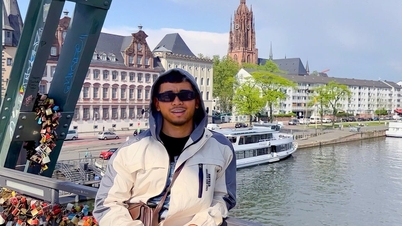















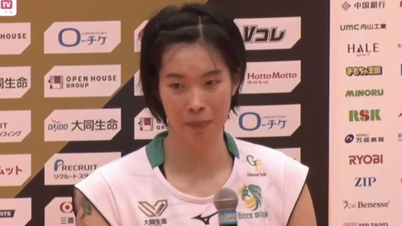

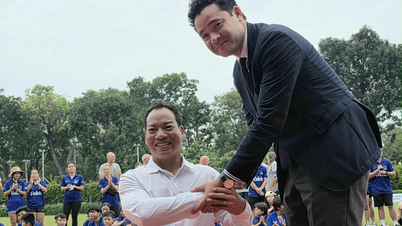




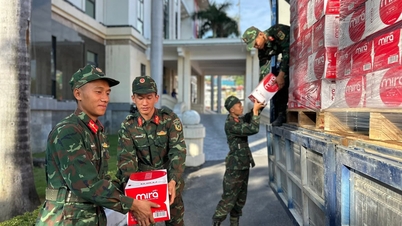
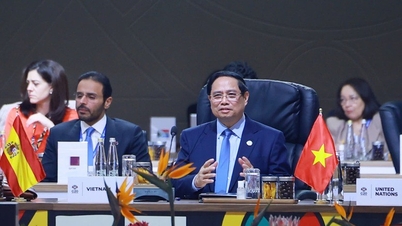








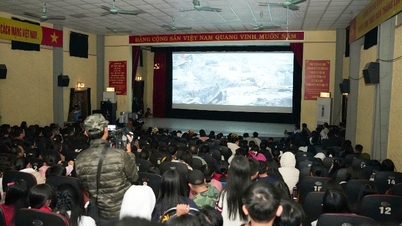

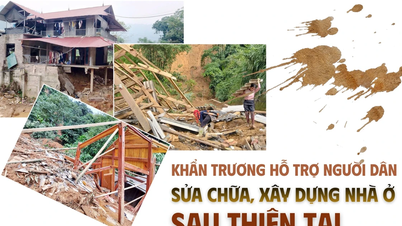




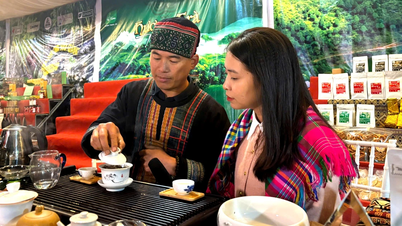














Comment (0)